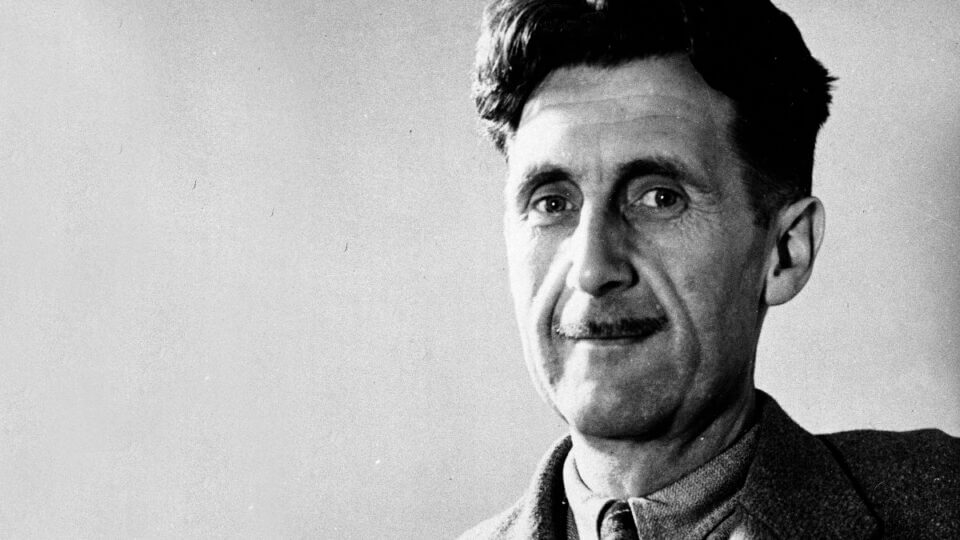
“The body is certainly something we should appreciate, but it is not the most obvious thing to be considered sacred. A far better candidate would be consciousness.”
In his poem “I Sing the Body Electric,” Walt Whitman writes, “If anything is sacred the human body is sacred.” This is a common sentiment that underpins various laws, religious teachings, and general moral judgements. In part due to the Christian view that the human body is made in the image of God, Western culture simply takes for granted that the human body, at least to some degree, is sacred. But is it?
To be “sacred” means to be “dedicated or set apart for the service or worship of a deity.” It is traditionally a religious term, deriving from the obsolete verb sacren, meaning “to make holy.” In modern usage, the word can also mean simply “entitled to reverence and respect.” Whatever definition one uses, the idea that the human body is sacred seems technically false—at least from a secular worldview. The body is certainly something we should appreciate, but it is not the most obvious thing to be considered sacred. A far better candidate would be consciousness.
Without consciousness, the human body loses all of its practical value, all of its charm, and some significant degree of its aesthetic allure. When a person loses all brain function, we consider him to be dead, even if his body is still alive. When a body does die, we take modest care to protect it from desecration; we salvage organs when appropriate, and we dress the body up in a nice suit of clothes for a funeral service before ultimately laying it to rest under the ground or in flames.
If parts of a body are preserved beyond death, they are treated more like art and property than sacred objects. For example, a lock of Kurt Cobain’s hair is currently up for auction. This, apparently, is the absolute highest level of reverence we pay to parts of a body that stick around after consciousness has left.
Imagine if Cobain had not left us a lock of his hair but, rather, a fraction of his consciousness. At the very least, this would complicate the legal ability to put his consciousness up for auction. More likely, it would be considered morally reprehensible even to start the conversation about how much his consciousness was worth. Unlike a fraction of Cobain’s body, a fraction of his consciousness would almost certainly strike everyone as priceless, legitimately sacred.
If Whitman were writing today, I cannot help but think that he would agree with this point. Perhaps a 21st century Whitman would have sanctified consciousness, rather than the body, in a modernized poem entitled, “I Sing Consciousness Electric.” Even in his day, Whitman was a proud secularist and likely did not think too highly of the Christian notion that “the body is made in the image of God.”
Then again, human consciousness only exists because the body creates and sustains it. However exactly neurons evolved to create consciousness, the human body was there all along, connecting us to the evolutionary past, sustaining us in the present, and enabling our consciousnesses to continue on into the future through procreation. In this sense, if we say that consciousness is sacred, then arguably the human body is also sacred by extension.
Further, human consciousness is not worth much if it cannot connect to the outside world, which it does quite successfully thanks to the body. As author Milan Kundera observed, “The face is nothing but an instrument panel registering all the body mechanisms: digestion, sight, hearing, respiration, thought.” What good is a sunset, or the smell of a rose, without our instrument panel to take in these sights and smells?
But this sacred-by-extension view of the body is only convincing at first blush. It has at least two groups of detractors: young children and technologists. Young children, using their imagination, are more than happy to imagine escaping their human bodies to inhabit other vessels—birds, dogs, dinosaurs, aliens. The human body might be impressive in its own right, but it cannot fly, and it cannot knock down skyscrapers like Godzilla.
Like imaginative children, technologists also spend a lot of time thinking about the shortcomings of the human body, and they are already developing alternatives to our home-grown “instrument panel.” We have been augmenting the human body since we started using the most rudimentary tools. Visual aids date back to ancient Greece and Rome. Wearable eyeglasses were invented in the 13th century. Today, bionic eyes are being developed that are more powerful than human eyes. Beyond sight, technologists are creating augmentations and replacements for a wide range of human parts. Meanwhile, the field of genetic engineering is quickly advancing. There may come a day soon when CRISPR and other technologies give us the power to eradicate cancer, stop aging, become more intelligent, and radically change the shape and function of our bodies. Finally, we are increasingly integrating our lives with virtual worlds. Many a human alive right now is already more comfortable living as a digital avatar than walking down the street in his own skin.
To someone who believes that the human body is sacred, each one of these technological advancements must seem sacrilegious. But if consciousness is sacred, these advancements are largely welcome. Perhaps by the year 3000 we will have the ability to re-animate humans from the past. Perhaps Walt Whitman will be one of them. And in that fantastical future, perhaps he will update his poem to read: “If anything is sacred, consciousness is sacred—and my collection of interchangeable vessels and virtual avatars are quite valuable, too.”.
Peter Clarke is a freelance journalist in San Francisco. He can be found on Twitter @HeyPeterClarke










